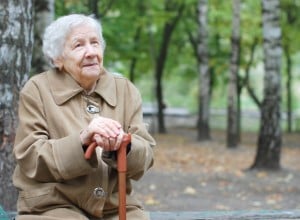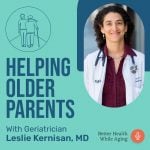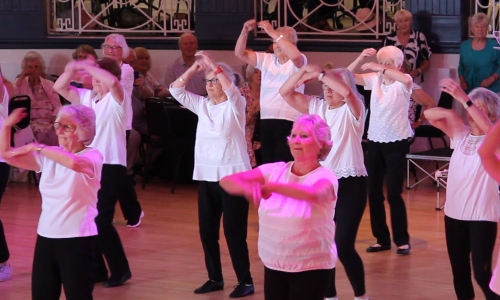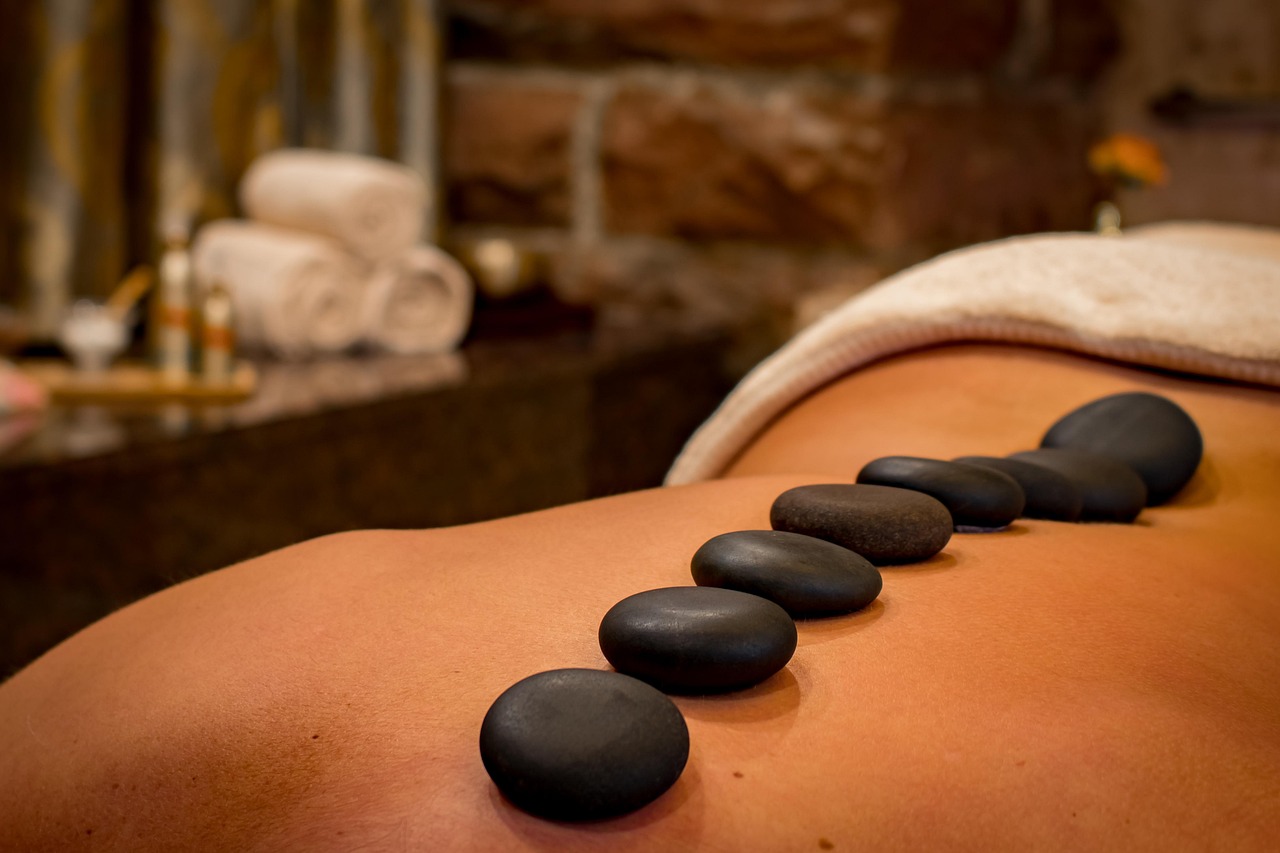
If you want to prevent dangerous falls in an aging adult, here’s one of the very best things you can do: be proactive about getting the right kind of medical assessment after a fall.
Why? There are three major reasons for this:
- A fall can be a sign of a new and serious medical problem that needs treatment. For instance, an older person can be weakened and fall because of illnesses such as dehydration, or a serious urinary tract infection.
- Older adults who have fallen are at higher risk for a future fall. Although it’s a good idea for any older person to be proactive about identifying and reducing fall risk factors, it’s vital to do this well after a fall.
- Busy doctors may not be thorough unless caregivers are proactive about asking questions. Most doctors have the best intentions, but studies have shown that older patients often don’t get recommended care. By being politely proactive, you can make sure that certain things aren’t overlooked (such as medications that worsen balance).
All too often, a medical visit after a fall is mainly about addressing any injuries that the older person may have suffered.
Obviously, this is very important; one doesn’t want to miss a fracture or other serious injury in an older person.
However, if you want to help prevent future falls, it’s also important to make sure the doctors have checked on all the things that could have contributed to the fall.
This is really key to preventing falls in an aging adult. Even if you’re pretty sure your loved one just tripped and stumbled, a good evaluation can uncover issues that made those trips and stumbles more likely.
In this article, I’ll list eight key items that you can make sure the doctors check on, after an older person falls. This will help you make sure your loved one has had a thorough work-up, and can reduce the chance of future serious falls.
This list is partly based on the American Geriatrics Society’s Clinical Practice Guidelines on Preventing Falls.
8 Things the Doctors Should Check After a Fall
1. An assessment for an underlying new illness. Doctors almost always do this if an older person has been having generalized weakness, delirium, or other signs of feeling unwell. Be sure to bring up any symptoms you’ve noticed, and let the doctor know how quickly the changes came on.
Just about any new health problem that makes an older person weak can bring on a fall. Some common ones include:
- Urinary tract infection
- Dehydration
- Anemia (low red blood cell count), which can be brought on by bleeding in the bowel or by other causes
- Pneumonia
- Heart problems such as atrial fibrillation
- Strokes, including mini-strokes that don’t cause weakness on one side
2. A blood pressure and pulse reading when sitting, and when standing. This is especially important if you’ve been worried about falls — or near falls — that are associated with light-headedness, or fainting.
If your older relative takes blood pressure medication, you should make sure the doctor confirms that he or she isn’t experiencing a drop in blood pressure with standing. (Note that tamsulosin — brand name Flomax — is a popular prostate medication that also causes drops in blood pressure.)
A 2009 study of Medicare patients coming to the emergency room after fainting found that checking sitting and standing blood pressure was the most useful test. However, it was only done by doctors 1/3 of the time.
For more information, see 6 Steps to Better High Blood Pressure Treatment for Older Adults.
3. Blood tests. Checking an older person’s blood tests is often a good idea after a fall. Falls can be worsened by problems with an older person’s blood count, or by things like blood sodium getting too high or too low.
Generally, a complete blood cell count (CBC) and a check of electrolytes and kidney function (metabolic panel, or “chem-7”) are a good place to start.
For more on blood tests that are often useful, see Understanding Laboratory Tests: 10 Commonly Used Blood Tests for Older Adults.
Be sure to ask the doctor to explain any abnormalities found in the blood work, whether they might be related to falls, and how the doctor plans to address them.
If your loved one has diabetes and takes insulin or other medications to lower blood sugar, be sure to bring in the glucometer or a blood sugar log. Episodes of low blood sugar (hypoglycemia) are an important risk factor for falls, but a laboratory blood test generally doesn’t show moments of low blood sugar.
4. Medications review. Many older adults are taking medications that increase fall risk. These medications can often be reduced, or even eliminated. Be sure to ask the doctor to address the following types of medications:
- Any sedatives, tranquilizers, or sleeping medications. Common examples include zolpidem (Ambien) for sleep, or lorazepam (Ativan) for anxiety. Antipsychotic medications for restless dementia behaviors, such as risperidone or quetiapine, can also increase sedation and fall risk.
- Blood pressure and diabetes medications. As noted above, it’s not unusual for older adults to be “over-treated” for these conditions, meaning they are taking a level of medication that causes the blood pressure (or blood sugar) be lower than is really necessary for ideal health.
- “Anticholinergic” medications. These medications are commonly taken by older adults, who often have no idea that these medications worsen balance and thinking! They include medications for allergies, overactive bladder, vertigo, nausea, and certain types of antidepressants which may also be given for nerve pain. For more on identifying and avoiding anticholinergics, see here.
- Opiate pain medications, especially if they are new.
The Centers for Disease Control recommends that older adults concerned about falls request a medication review. To learn more about which medications should be reviewed, and what should be done about risky drugs, see this article:
10 Types of Medication to Review if You’re Concerned About Falling.
5. Gait, balance, and leg strength. At a minimum, a gait assessment means that the doctor carefully watches the way the older person is walking. Asking the older person to stand up from a chair (without using the arms) can help assess leg strength. There are also some simple ways to check balance.
Simple things to do, if gait, balance, or leg strength don’t seem completely fine, are:
- Address any pain or discomfort, if that seems to be a cause of problems. Many older people are reacting to pain in their feet, joints, or back.
- Refer to physical therapy for gait and balance assessment. These assessments will usually include checking the older person’s leg strength. A physical therapist can often recommend suitable strengthening and balance exercises for seniors, and also can help fit the older person for an assistive device (e.g. a walker) if appropriate. For more on the proven Otago physical therapy program to reduce falls — including videos demonstrating the exercises — see here: Otago and Proven Exercises for Fall Prevention.
6. Evaluation for underlying heart conditions or neurological conditions. These chronic conditions are different from the “acute” types of illnesses that we usually look for right after a fall.
In a minority of cases, an older person may be falling because he or she has developed a chronic problem with the heart or blood pressure system. An example of this would be paroxysmal rapid atrial fibrillation, which causes the heart to sometimes race, or sick sinus syndrome, which can cause the heart to beat too slowly.
It’s also possible for older people to develop a new chronic neurological condition, such as Parkinson’s disease.
If you’re worried about these possibilities, ask the doctor “Do you think a heart condition might have caused this fall? Or do you think an underlying neurological condition could have caused this fall?”
It’s particularly useful for you to ask about these kinds of problems if the falls or near-falls keep happening, especially if you’ve already minimized risky medications and over-treatment of high blood pressure.
7. Evaluation for osteoporosis and fracture risk. Many older adults, especially women, develop thinner bones in later life. Osteoporosis isn’t technically a risk factor for falls, but it’s certainly a major risk factor for injury from a fall. In particular, people with osteoporosis are at much higher risk of having a hip fracture or other type of fracture when they fall.
For this reason, after an older person falls, it’s important to check and make sure they’ve been assessed for osteoporosis.
The US Preventive Services Task Force recommends that all women aged 65 or older be screened for osteoporosis., however many older women end up not getting screened.
If they do have osteoporosis, then it should be treated. Treatment with bisphosphonate medications has been proven to reduce fracture risk.
Experts also recommend promptly starting osteoporosis treatment after a fracture, as the research shows this doesn’t interfere with fracture healing and can reduce the risk of a subsequent fracture.
Calcium and vitamin D supplementation may also help, especially in older adults who have low levels of vitamin D. Other lifestyle changes can also help treat osteoporosis; for more on this, see here.
Note: The United States Preventive Services Task Force and other expert groups used to recommend vitamin D supplementation to help prevent falls, because research had initially identified an association between low vitamin D levels and falls. However, randomized trials were not able to show that vitamin D supplementation decreases falls, so vitamin D is no longer recommended for fall prevention.
8. Vision, podiatry, and home safety referrals. Could your loved one be in need of a vision check, podiatry care, or a home safety evaluation? If you’ve brought an older person in after a fall, it’s a good idea to talk to the doctor about whether these services might help.
I especially recommend home safety evaluations, if they are available in your area. Even something as simple as installing grab bars can make a difference, and home safety evaluations often uncover other simple changes that can prevent falls. Vision checks are also an excellent idea if the older person hasn’t had one recently.
Next steps to prevent future falls
Overwhelmed by this list? Here’s a suggestion:
Print out this post — or download my free cheat sheet — and bring it along next time you take an older person to see the doctor after a fall. If the doctor overlooks certain points, don’t be shy about asking why.
For more practical information on why older adults fall and how you can prevent falls, see my article Why Older People Fall & How to Reduce Fall Risk . You can also learn more about clinically proven exercises that reduce falls here.
This article was first published in 2014, and was last updated by Dr. K in September 2024.




